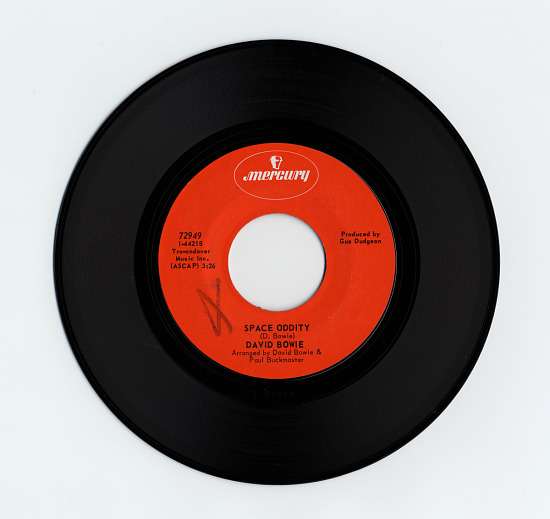As high noon approaches, the Washington sun beats down on a group of competitors, all of whom are determined to get a spot in the 8-man boat. Through the grueling work of an oarsman, many were put to shame just as quickly as they had once crowded the boat house.
The Boys in the Boat is a movie based on a true story; the story of America’s 8-man Junior boat, which medaled in first place at the Berlin 1936 Summer Olympics. The protagonist, Joe Rantz – played by Callum Turner – lived a hard life: a 15-year-old boy, abandoned by his family and forced to make a living as a young teen during the Great Depression. In desperation to finish his engineering degree, Rantz, now 22, finds himself looking for an opportunity of a stable job if he makes the University of Washington rowing team.
After the oarsmen were selected, the team set its sights on the ultimate goal: competing at the 1936 Berlin Olympics. The movie is centered on documenting their trials and tribulations on the path to honor and glory.
Though working with a dramatic and promising premise, “The Boys in the Boat” fails to deliver an adequately compelling depiction. It lacks a deeper substance and ends up being more of a pretty series of pictures than a moving story. On the other hand, this isn’t to say that it’s not worth watching.
From a rower’s perspective, it serves as a beautiful celebration of an oft-overlooked sport. The racing sequences are intense and engaging, placing you right in the middle of the boat and feeling the intensity, immersed in the athleticism and grit needed to become a champion. As the story inches closer to its climax, you find yourself rooting for the protagonists, sympathizing with their hard work and praying it pays off. Where it falls short, however, is the development of the characters themselves.
When watching the movie, everything happens all too quickly, with characters becoming different people by the second. You don’t feel “close” to other characters like in other movies. The movie is hyper-focused on Joe Rantz to the point that the other seven characters are non-existent. Whenever the camera panes to someone else I question who they are. Are they a boat mate? A coach? A background character? I would never know, which brings me to my other point: the director needs to work on covering other characters, especially the ones in the boat. While Rantz should be the main star, you can’t hope to develop a great, awe-inspiring movie with less than the bare minimum coverage of other supporting roles. Most of this essential coverage can be found in the book of the same name, a far more in-depth look at this fascinating story.
Lastly, the movie starts extremely slow in the beginning 30 minutes. This is where the director breaks the ice and introduces us to Rantz and his situation, but it’s possible to do this with more excitement and thrill.
After all, every movie has its flaws and imperfections, yet watching them can still be entertaining and beneficial – “The Boys in the Boat” is one of them.











